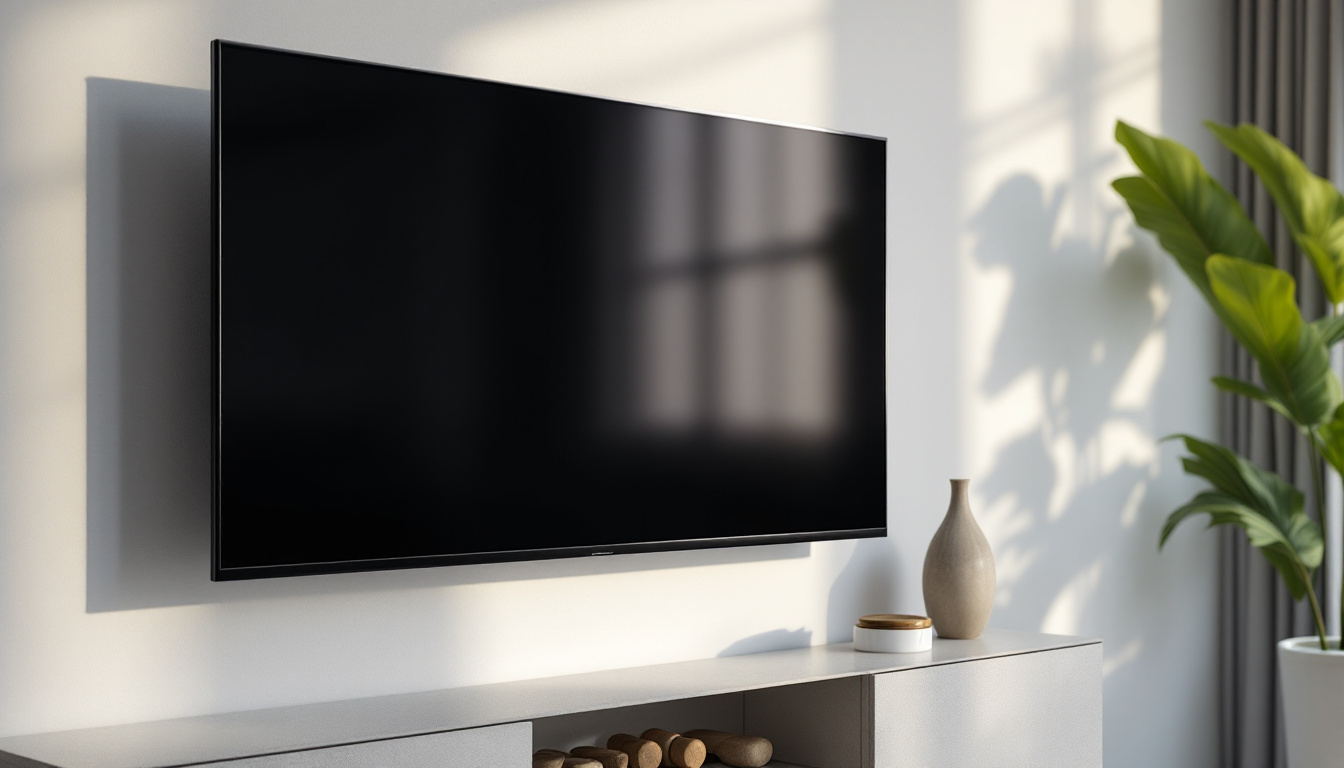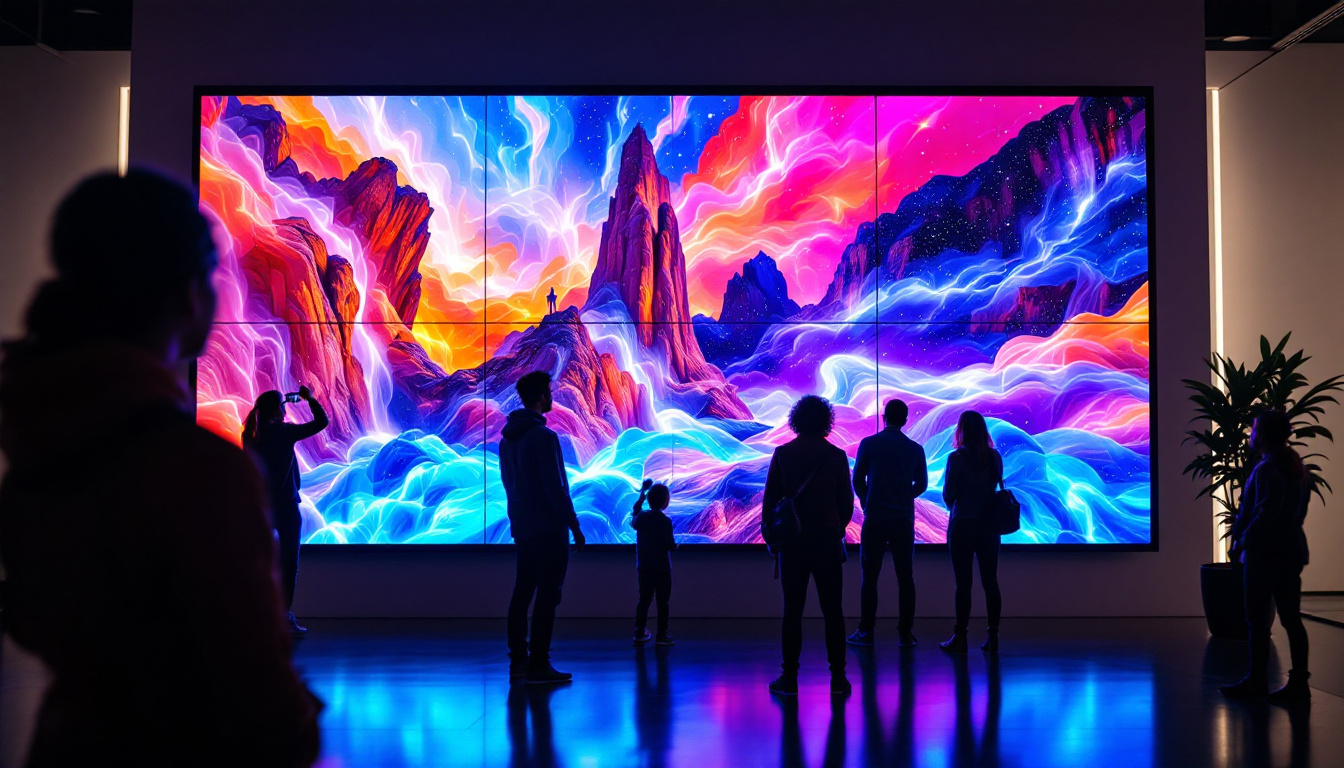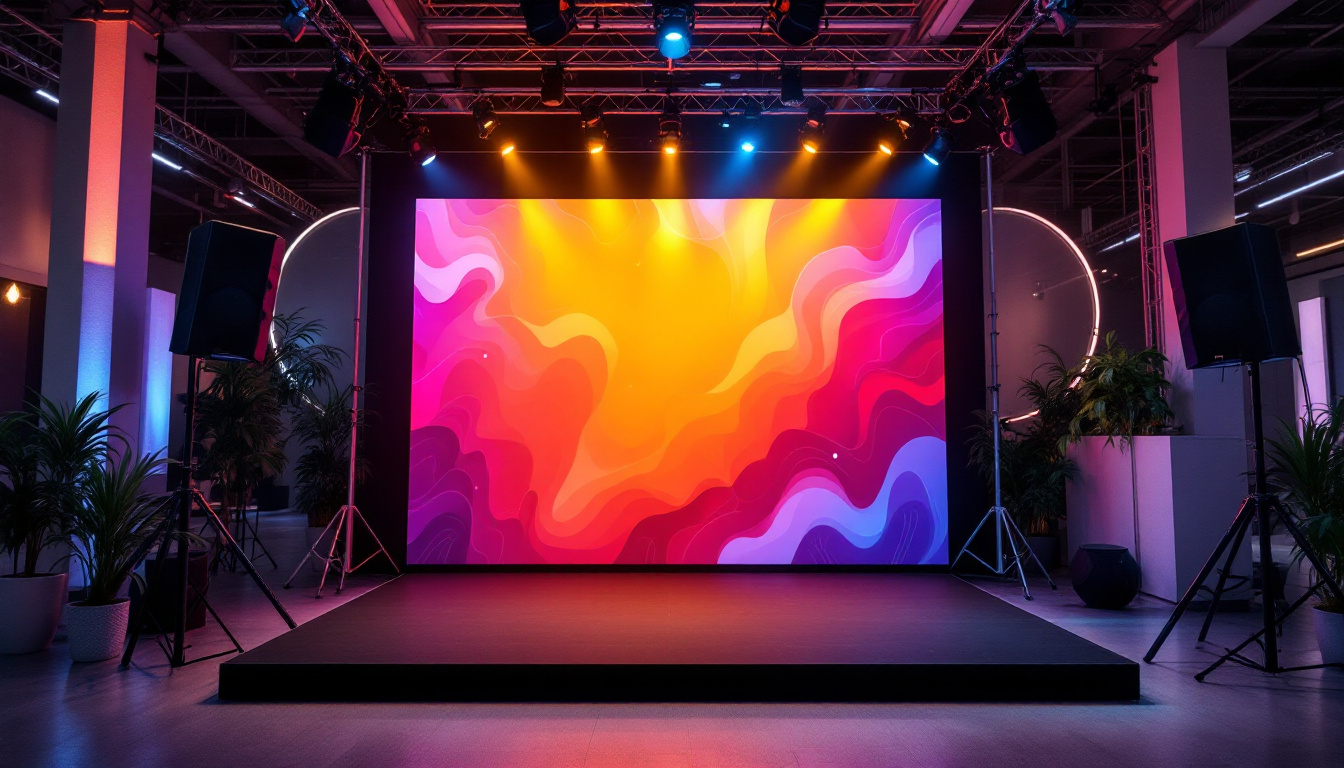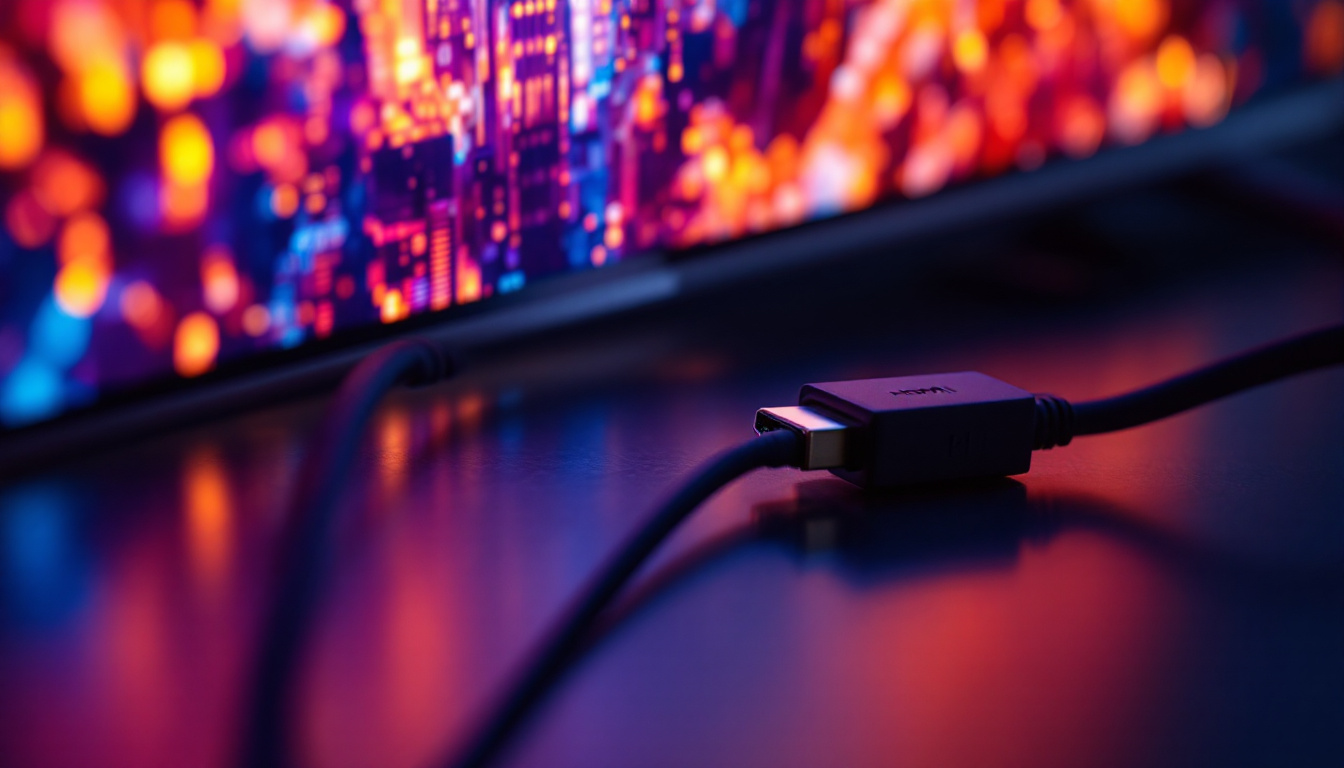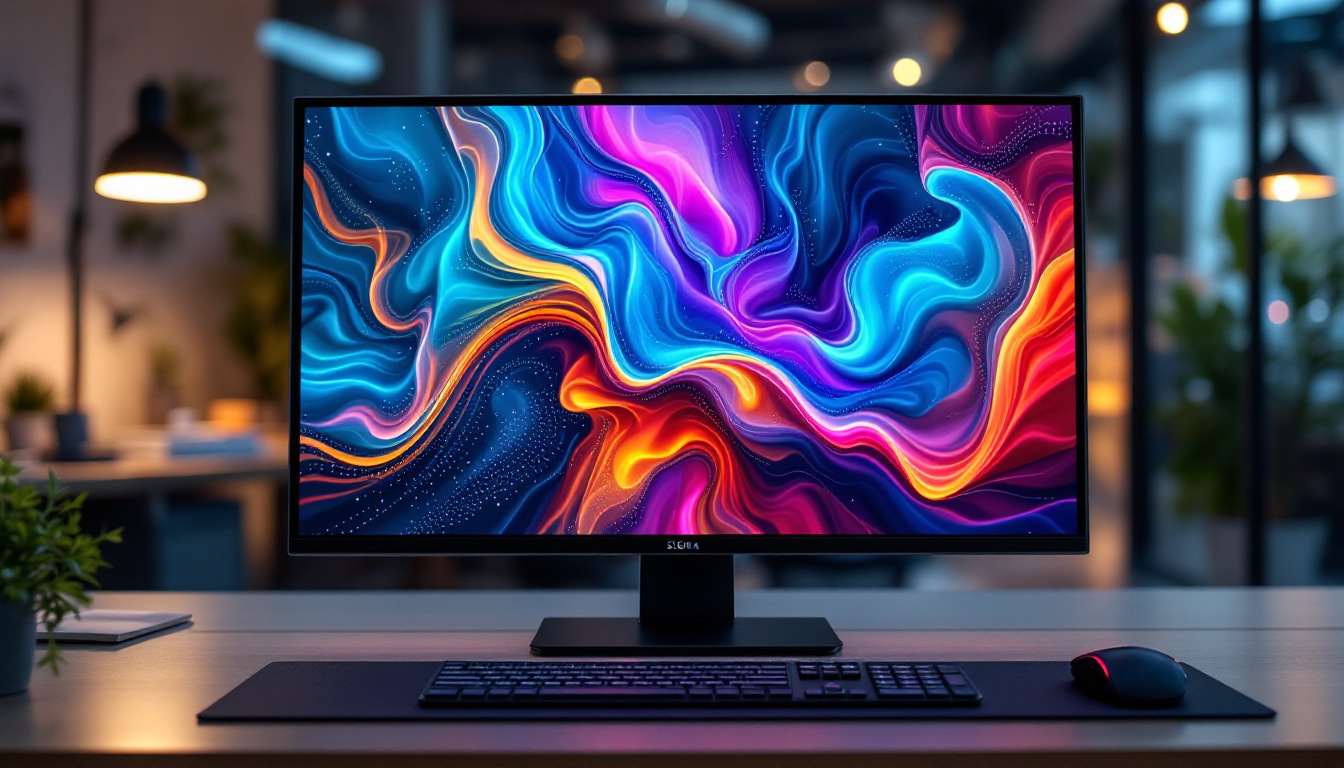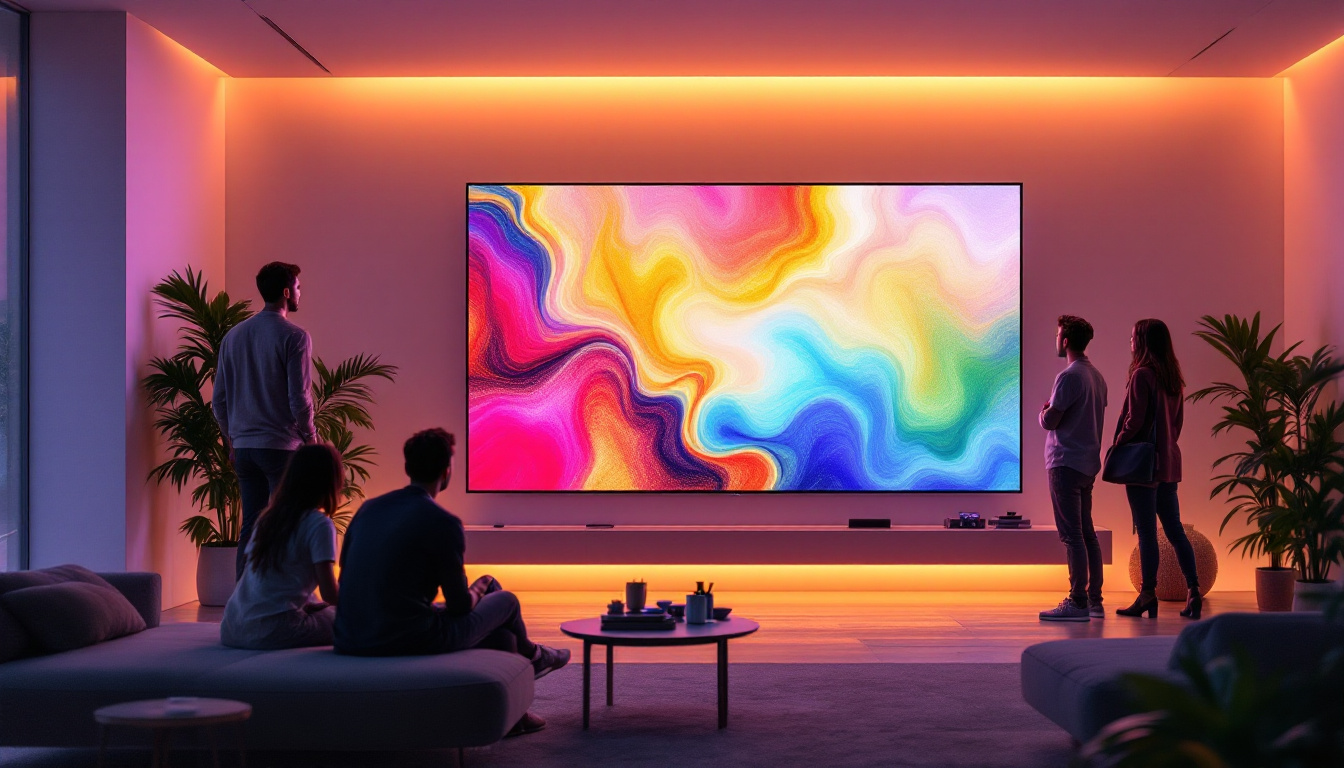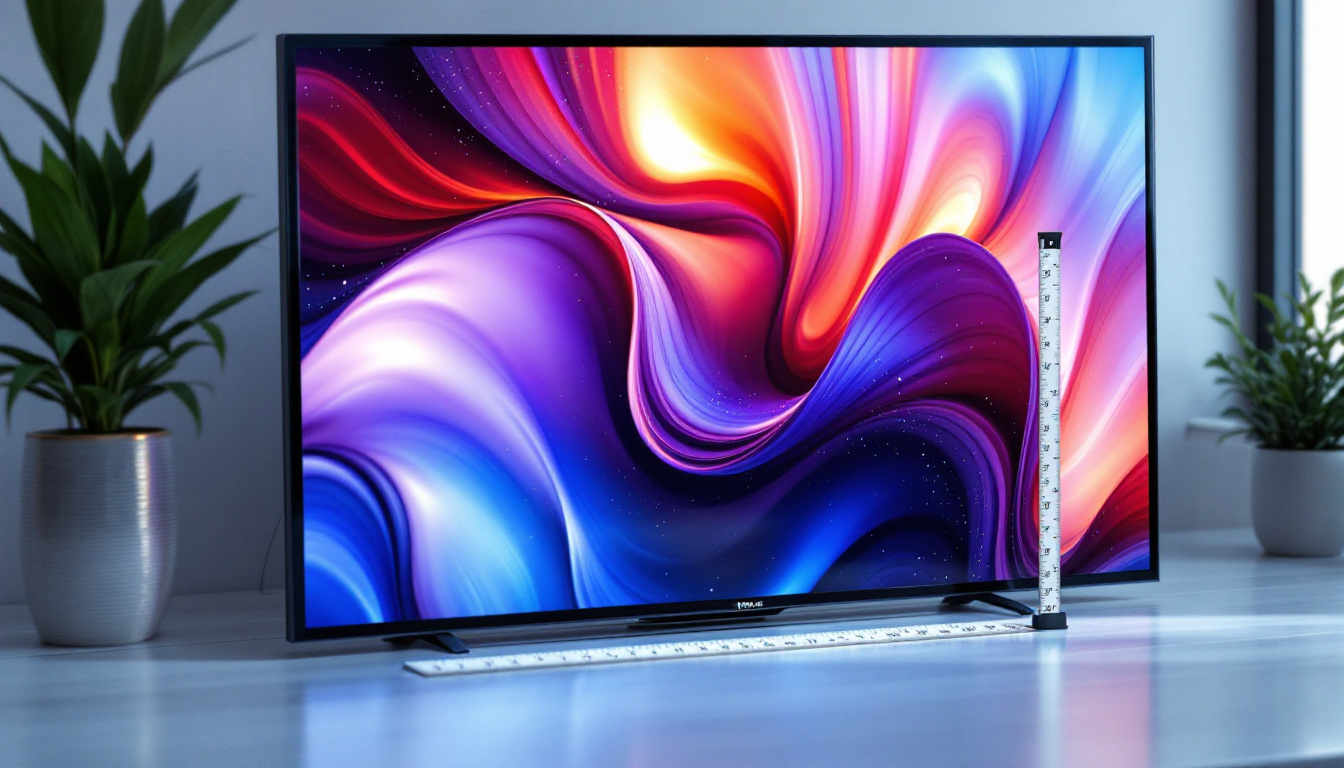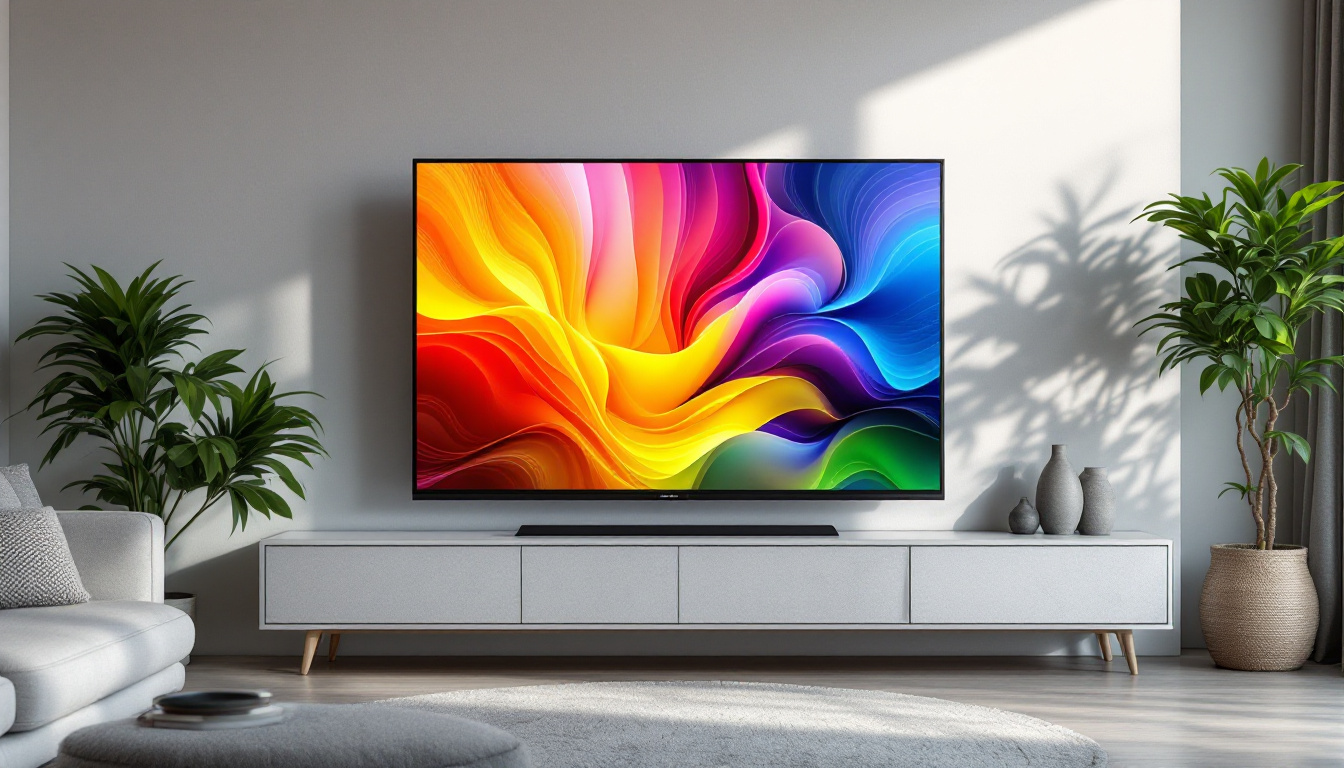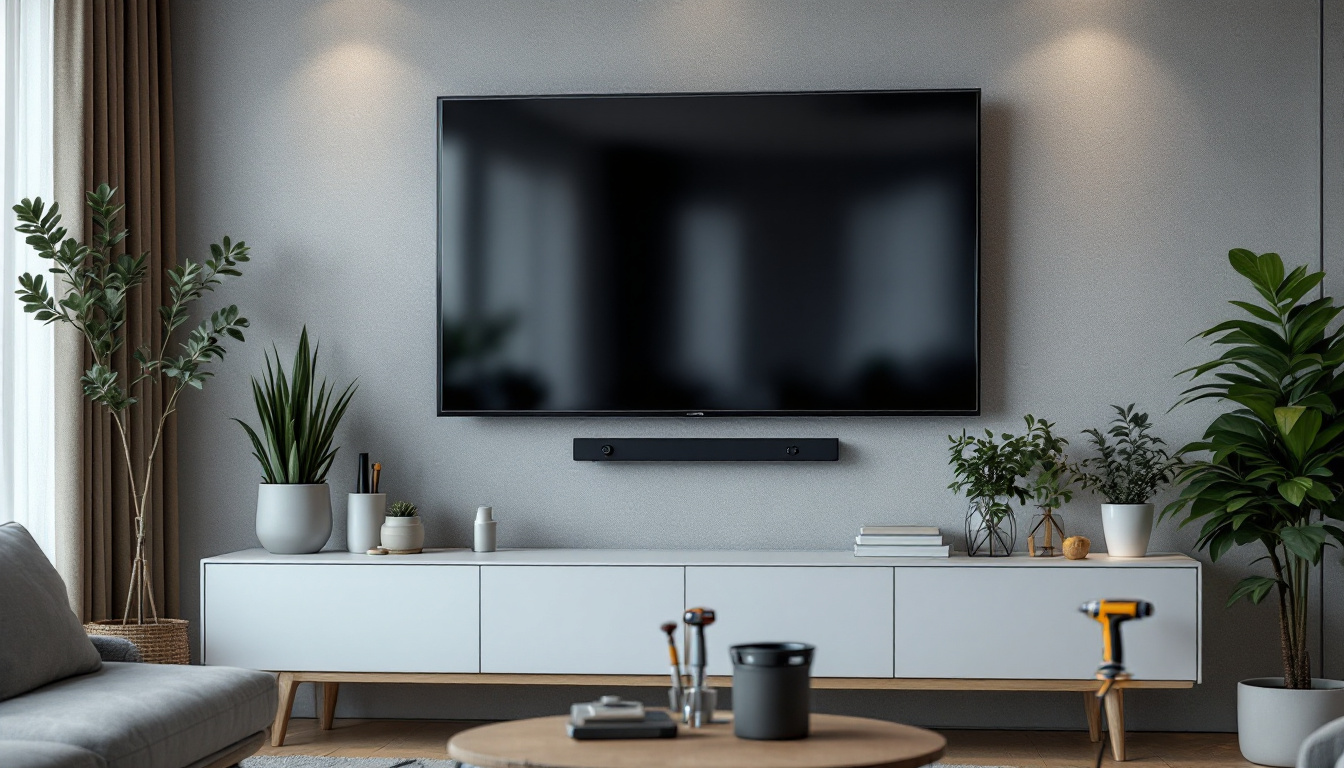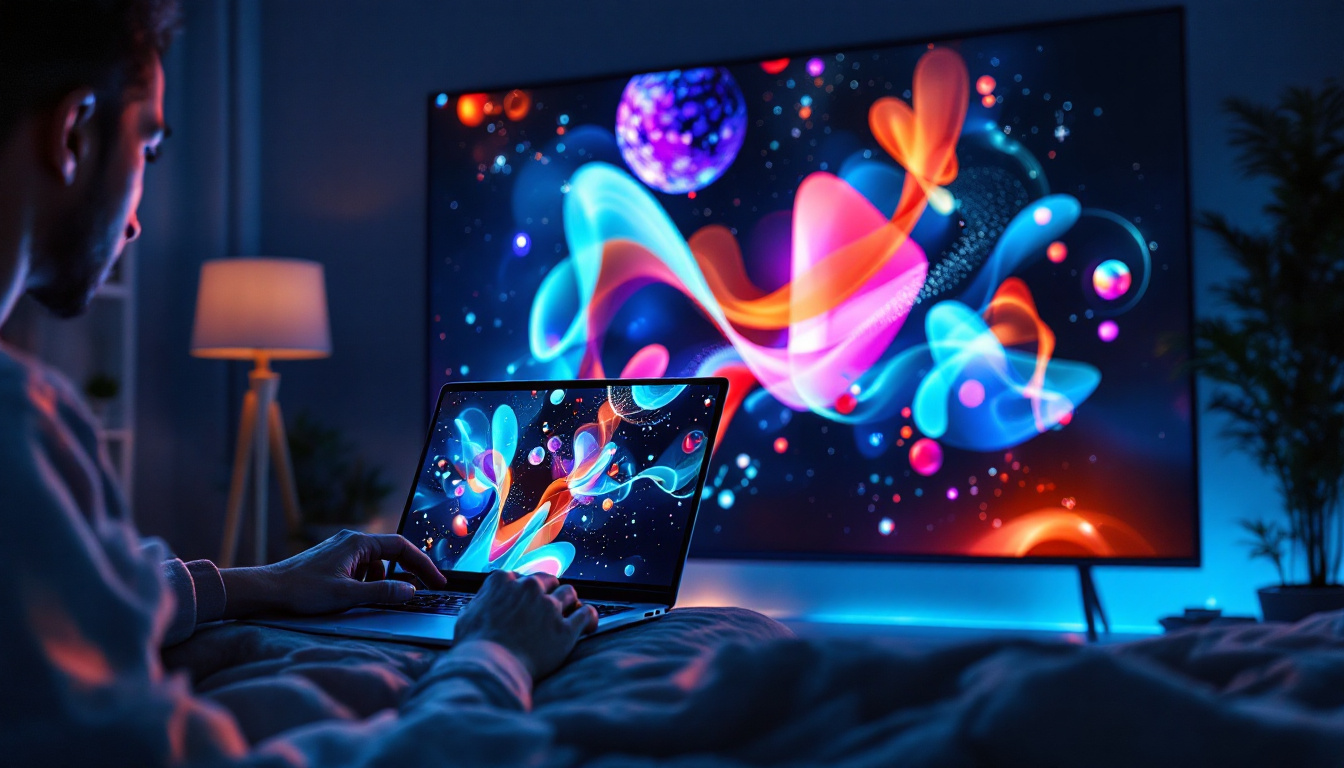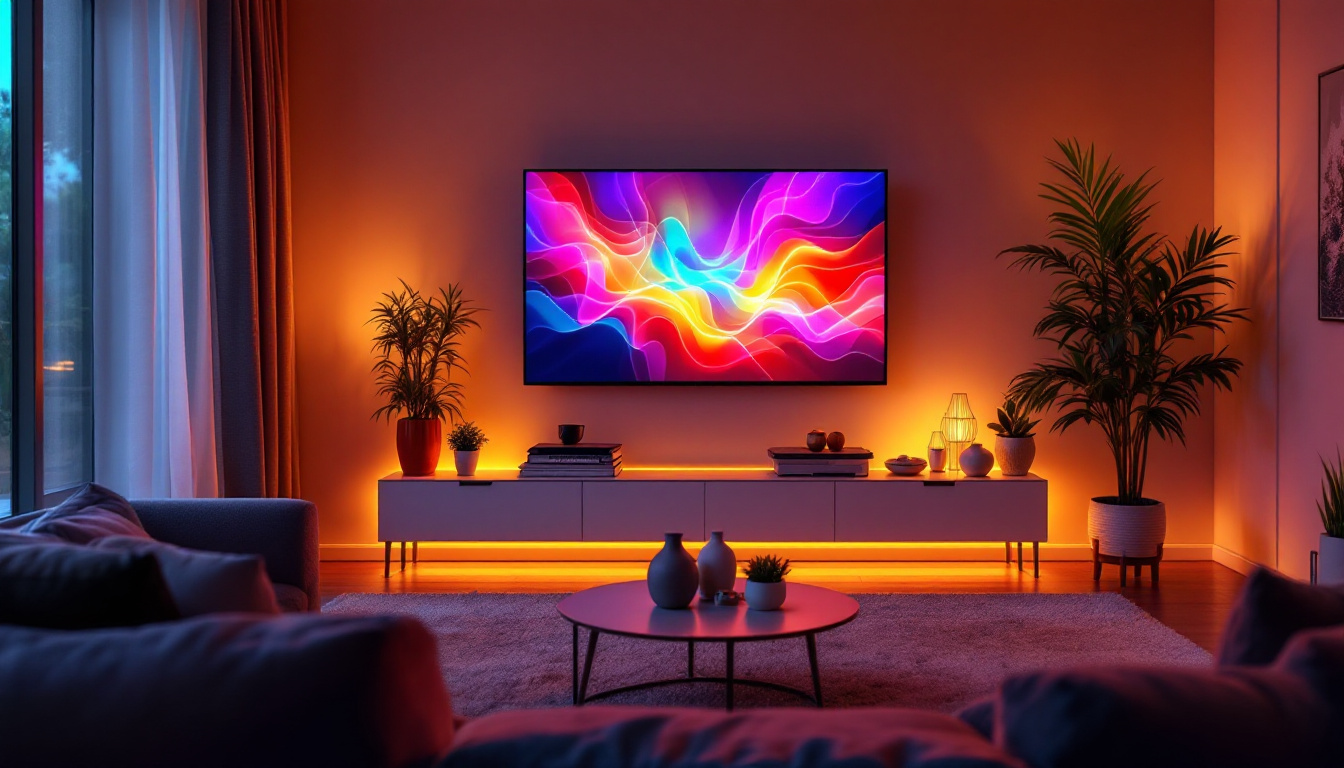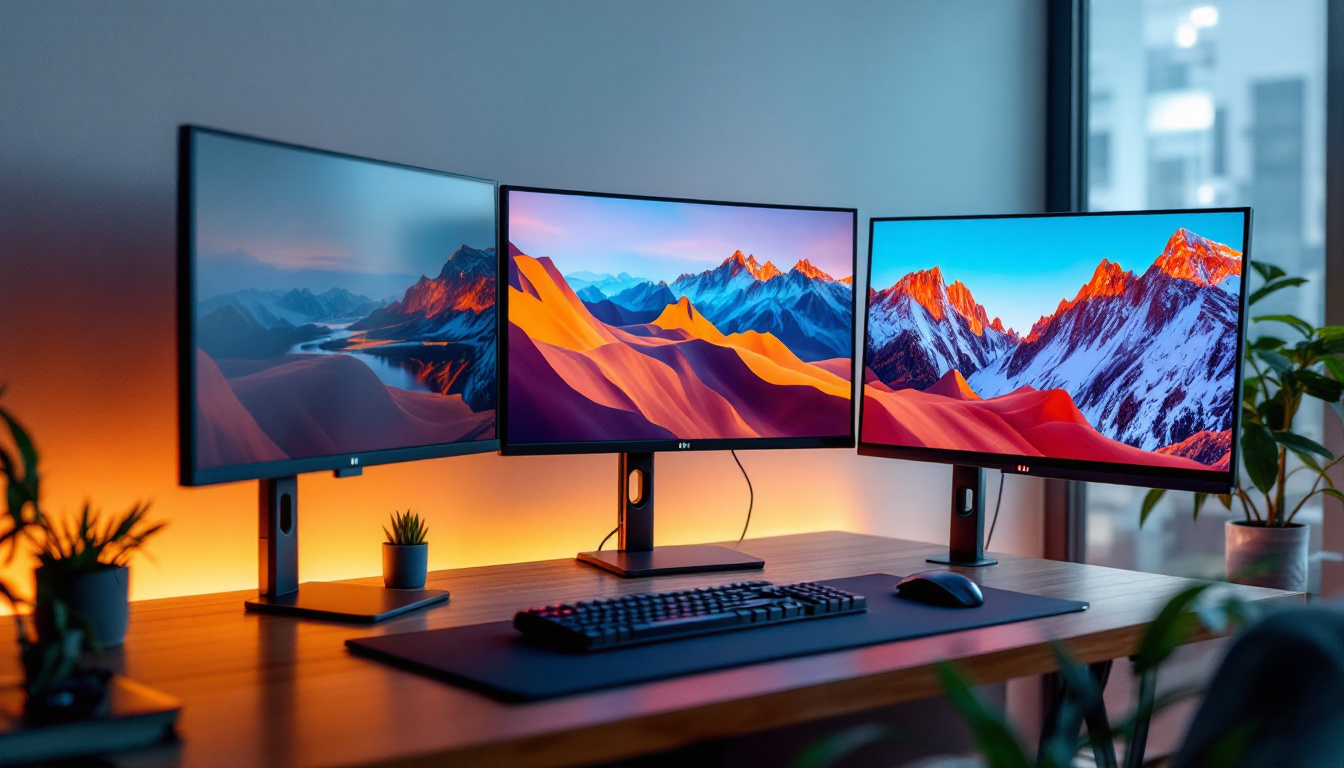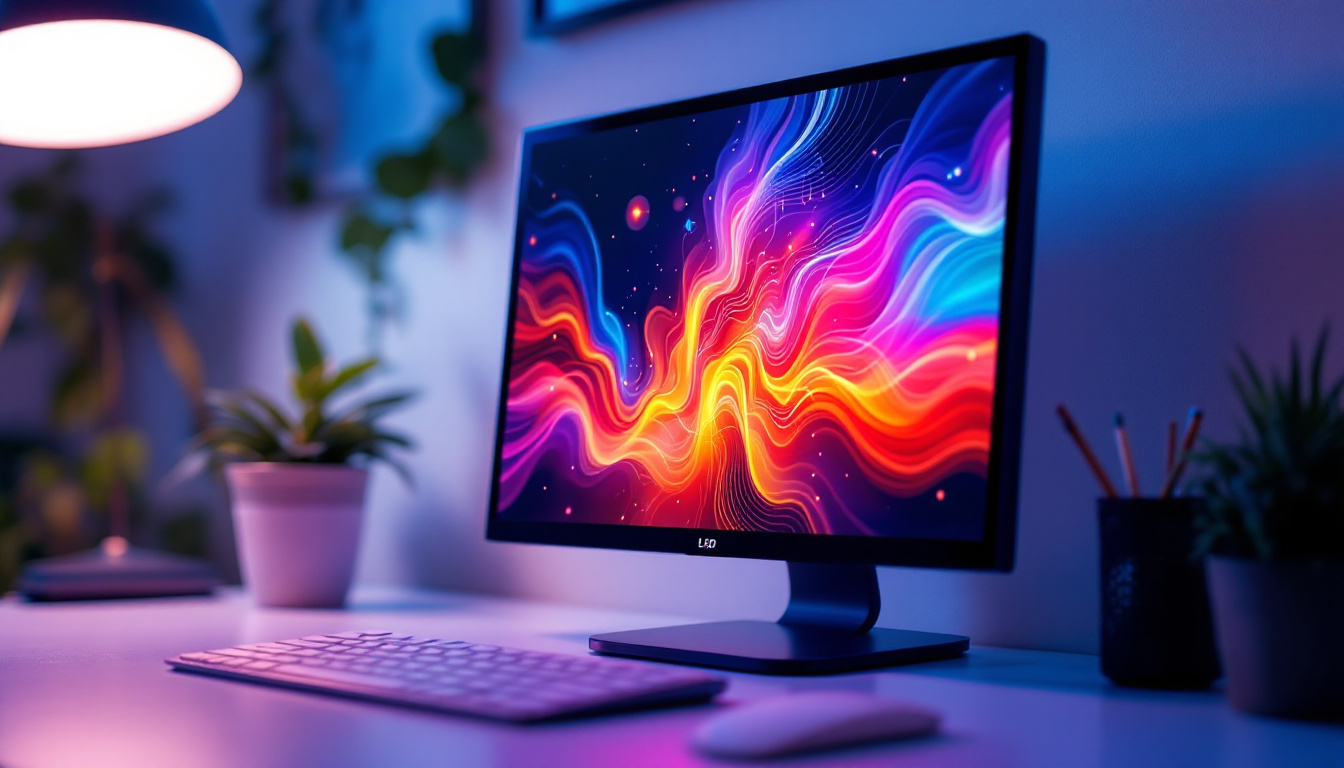In today’s digital age, social media platforms like Snap have become integral to how we communicate and share experiences. One of the key features of Snap is its ability to utilize the camera for capturing and sharing moments in real-time. However, many users encounter challenges when trying to allow camera access for the app. This article will guide you through the process of enabling camera access for Snap and also delve into the LED display technology that enhances the user experience.
Understanding Camera Permissions
Camera permissions are essential for applications that rely on capturing photos and videos. When you first install Snap, it will request access to your device’s camera. If this permission is denied, you may face limitations in using the app’s core features.
Permissions can be managed through your device’s settings. Depending on your operating system, the steps to allow camera access may vary slightly. Understanding how to navigate these settings is crucial for a seamless experience on Snap. For instance, on iOS devices, you can find these settings under Privacy, while Android users can access them through Apps & Notifications. Familiarizing yourself with these options not only helps you grant necessary permissions but also empowers you to maintain control over your privacy and data security.
Why Camera Access is Important
Camera access is vital for utilizing Snap’s features effectively. The app allows users to create Snaps, engage in video calls, and share stories that capture fleeting moments. Without camera access, users may miss out on the dynamic and interactive aspects that Snap offers.
Moreover, enabling camera access enhances the overall functionality of the app. Users can take advantage of various filters, lenses, and augmented reality features that make the experience more engaging and enjoyable. These features not only allow for creative expression but also foster social interaction, as users can share their unique creations with friends and followers. Additionally, Snap frequently updates its library of filters and lenses, meaning that with camera access, users can continually explore new ways to enhance their Snaps, keeping the content fresh and exciting. This constant evolution of features encourages users to engage more frequently with the app, making camera access a pivotal aspect of the Snap experience.
How to Allow Camera Access on Different Devices
Enabling camera access for Snap varies based on the device you are using. Below are step-by-step instructions for both iOS and Android devices.
For iOS Users
On iOS devices, granting camera access is a straightforward process. Follow these steps:
- Open the Settings app on your iPhone.
- Scroll down and select Snap from the list of applications.
- Toggle the switch next to Camera to enable access.
If you have previously denied camera access, you can follow the same steps to re-enable it. Once the camera permission is granted, you can return to Snap and enjoy its full range of features. Additionally, if you are using iOS 14 or later, you might notice a small indicator at the top of your screen when the camera is in use, providing an extra layer of privacy assurance. This feature helps users stay informed about which apps are accessing their camera, enhancing your control over personal data.
For Android Users
Android users can also easily manage camera permissions. Here’s how:
- Open the Settings app on your Android device.
- Navigate to Apps or Applications.
- Find and select Snap.
- Tap on Permissions.
- Enable the toggle for Camera.
After enabling camera access, you can launch Snap and start capturing your moments without any restrictions. Depending on your Android version and device manufacturer, the steps may vary slightly, but the general process remains the same. It’s also worth noting that some Android devices offer additional privacy settings, allowing you to manage permissions more granularly. For instance, you might be able to choose whether Snap can access the camera only while using the app or at all times, giving you more control over your privacy settings.
Troubleshooting Camera Access Issues
Sometimes, even after granting camera permissions, users may still encounter issues. Here are some common problems and their solutions.
App Not Responding to Camera Access
If Snap does not seem to recognize the camera even after permission is granted, it may be due to a temporary glitch. Restarting the app or your device can often resolve this issue. Additionally, ensure that there are no other apps currently using the camera, as this can prevent Snap from accessing it. If the problem persists, consider checking your device’s settings to confirm that the camera is not disabled for Snap specifically. Some devices have privacy settings that can restrict camera access on an app-by-app basis, and adjusting these settings may help restore functionality.
Updating the App
Outdated versions of Snap may lead to compatibility issues with your device’s camera. Regularly check for updates in the App Store or Google Play Store and install the latest version. This not only ensures that you have the latest features but also helps in resolving bugs that may affect camera access. Furthermore, it can be beneficial to read the update notes provided by the developers, as they often highlight fixes for known issues, including those related to camera functionality. If you find that updates are not resolving the issue, consider uninstalling and reinstalling the app, as this can clear any corrupted data that might be causing the problem.
Camera Hardware Issues
In some cases, the issue may not be with the app itself but rather with the camera hardware. If you notice that the camera is not functioning in any app, it may indicate a hardware malfunction. Testing the camera with other applications can help determine if the problem is isolated to Snap or if it is a broader issue. If the camera fails to work across multiple apps, it may be time to consult a technician or consider a factory reset of your device, keeping in mind to back up your data beforehand. Regular maintenance, such as cleaning the camera lens and ensuring there are no obstructions, can also prevent hardware-related issues from arising.
The Role of LED Displays in Enhancing User Experience
While camera access is crucial for Snap, the technology behind the app’s interface also plays a significant role in user engagement. LED displays have transformed how users interact with applications, providing vibrant visuals and responsive interfaces.
Understanding LED Display Technology
LED (Light Emitting Diode) displays are known for their bright colors and energy efficiency. They are widely used in smartphones, tablets, and other devices, making them ideal for applications like Snap that rely on visual content.
The advantages of LED displays include high contrast ratios, wide viewing angles, and the ability to produce rich colors. This technology enhances the visual experience, allowing users to see their Snaps in stunning detail. Furthermore, the durability of LED displays contributes to their popularity, as they are less prone to damage compared to traditional LCD screens, which can be more fragile and susceptible to cracking.
Impact on User Engagement
The integration of LED displays in devices has significantly impacted user engagement on platforms like Snap. Bright and vivid displays attract users, encouraging them to create and share more content. The immersive experience provided by LED technology makes it easier for users to connect with their audience. In addition, the responsiveness of LED displays ensures that users can interact seamlessly with the app, whether they are swiping through Snaps or applying filters. This fluidity enhances the overall user experience, making Snap a preferred choice for many.
Moreover, the ability of LED displays to render high-definition graphics and animations allows for a more dynamic and engaging interface. Users are not just passive consumers of content; they are encouraged to participate actively by creating visually stunning Snaps that leverage the full capabilities of their devices. This interaction fosters a sense of community and creativity, as users are more likely to experiment with different features and share their unique styles with friends and followers. Additionally, the integration of augmented reality (AR) features, made possible by advanced LED technology, further enriches the user experience, allowing for innovative storytelling and interaction that captivates audiences in new and exciting ways.
Best Practices for Using Snap with Camera Access
Once camera access is enabled, users can maximize their experience on Snap by following some best practices. These tips will help in creating engaging content and ensuring smooth operation of the app.
Utilizing Filters and Lenses
Snap offers a wide range of filters and lenses that can enhance photos and videos. Experimenting with these features can lead to more creative and visually appealing content. Users are encouraged to explore the various options available and find unique ways to express themselves.
Additionally, keeping an eye on seasonal or trending filters can help users stay relevant and engage their audience effectively.
Maintaining Device Performance
To ensure that Snap runs smoothly, it is essential to maintain your device’s performance. Regularly clearing cache and unused apps can free up resources, allowing Snap to function optimally. Users should also consider updating their devices to the latest operating system to take advantage of performance improvements.
Conclusion
Allowing camera access for Snap is a simple yet crucial step in enjoying the full potential of the app. By following the outlined steps for both iOS and Android devices, users can easily enable this feature and dive into the world of Snap.
Furthermore, understanding the technology behind LED displays enhances the overall experience, making interactions more vibrant and engaging. By utilizing best practices, users can create captivating content that resonates with their audience.
In a world where visual communication is increasingly important, mastering the use of Snap and its camera features can lead to a more fulfilling social media experience. Embrace the technology, explore the features, and let your creativity shine.
Enhance Your Snap Experience with LumenMatrix
Ready to take your visual content to the next level? LumenMatrix, a pioneer in LED display technology, offers an array of innovative solutions to elevate your brand’s presence and captivate your audience. From vibrant Indoor LED Wall Displays to dynamic Outdoor LED Wall Displays, and even specialized options like Vehicle LED Displays and LED Sports Displays, LumenMatrix has the perfect solution to make your visuals pop. Discover how our LED Poster Displays, Floor LED Displays, and Custom LED options can transform your space and storytelling. Don’t miss out on the opportunity to revolutionize your visual communication with LumenMatrix’s All-in-One and Transparent LED Displays. Check out LumenMatrix LED Display Solutions today and see the difference for yourself!


